Cigars are more complex than they may seem at first glance and are crafted using different types of tobacco leaves. There are some cigars in which all the tobaccos that make up their blend come from the same country, but in others, the blend is a well curated mix of tobaccos from different parts of the world. Normally, they also contain tobacco leaves from leaf primings of the tobacco plant (known as volado, seco, viso, ligero, medio tiempo or corona) or that have germinated from different seeds.
Parts that make up a cigar
Given this, it should be noted that the cigar is made up of three main parts:
The filler: this is a mixture of different tobaccos, usually from different countries or from different seeds. Generally, this part is the one that provides the most aromas, flavours and nuances to the cigar. In Premium cigars, the tobacco leaves of the filler are long, going from the head to the foot of the cigar and are usually placed in the shape of a fan.
The binder: this tobacco is the first leaf layer that wraps the filler to hold it together. Another of its functions is to shape the cigar so that it is straight and of good smoking quality. However, it is also another part that provides aromas, flavours and notes to the smoke. It also helps the combustion of the cigar.
The wrapper: this is the outermost and most visible part of the cigar, so it is usually more attractive, showy, colourful and silky. For this part of the cigar, which is placed on top of the binder, the highest quality and most presentable tobacco leaves are used. The goal is for the cigar to be elegant looking and attractive to the smoker. If it is a good cigar, the wrapper will be straight, well-veined, even, smooth, and of a beautiful colour.
The tobaccos that make up these three different parts of the cigars typically have slightly different levels of moisture. For the filler, the humidity is around 16-17 percent; similar to the binder, while the wrapper is between 18 and 20 percent humidity. Normally, during the ageing process of the cigars which is carried out by the tobacco companies, a stable and constant humidity is also kept.
Therefore, after buying a cigar, it is important to store it in an environment with the correct humidity. At Wacota humidors we are committed to ensuring that cigars are stored in the ideal humidity conditions. Our HR6 electronic humidity generator uses its hydrolysis system and nebulizer to create the perfect environment for cigars. For us, quality is an essential priority in the manufacturing of each cigar humidor.
The ends of the cigar: the head and the mouthpiece
Although the cigar is made up of the three previously mentioned parts, the complexity does not end there. An avid smoker should also know some other cigar terms such as:
The head: This is the upper part of the cigar. It is finished off with a piece of the same tobacco leaf used for the wrapper, called the cap. Its shape and thickness depend on the type of cigar in question. It is the part that is cut to be able to smoke the cigar – the one that you have to put in your mouth to inhale.
The stem or barrel: this term refers to the body of the cigar itself. When it is completely straight it’s known as a parejo. If it has a narrowing at one or both ends, it is known as a figurado.
The mouthpiece: unlike cigarettes, it is an open part of the cigar which is used as a mouthpiece to smoke from. At this part, you can catch a glimpse of the tobaccos that make up the cigar blend.
Cigars have different sizes and diameters
Lastly, a good smoker knows that cigars vary in size and thickness, as well as that there are various shapes. The thickness (diameter) of the cigar is also called ring gauge, calibre or ring. It is usually expressed in 64 parts of an inch. Cigar ring gauges typically range from 26 (the thinnest) to 58 (the thickest).
As for the length, it is the measurement of the cigar itself, from its head to its foot. This figure is also usually given in inches. In addition to thickness and length, cigars also come in different shapes. Broadly speaking and as we have explained earlier, there are straight cigars (parejos) or curved at one or both ends (figurados).
When it comes to enjoying a cigar, each smoker chooses their cigar according to their tastes at that moment, as well as the time they have available. However, it is often said that cigars with thinner ring gauges allow better appreciation of the notes. This is because cigars with a thick ring gauge usually cause more air to be sucked in as well as smoke. Therefore, the smoke is more mixed and diluted with the air, so notes and sensations are lost.

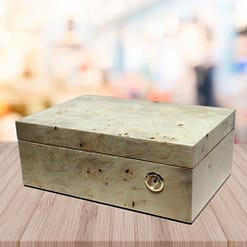
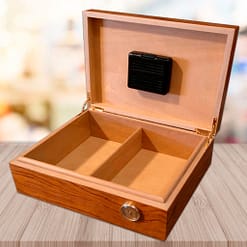
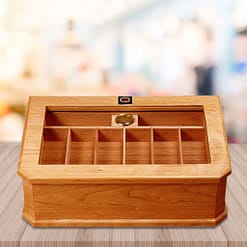
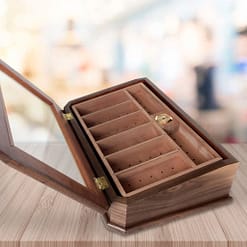
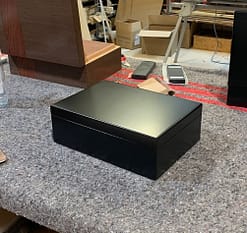
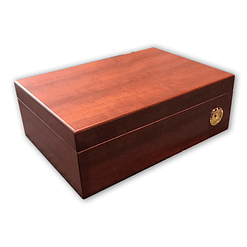
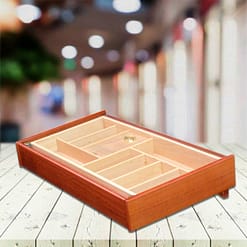
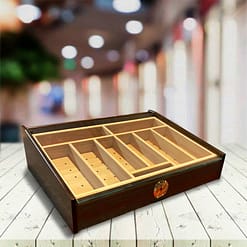
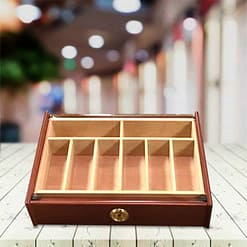
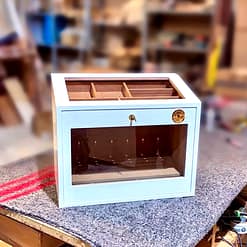
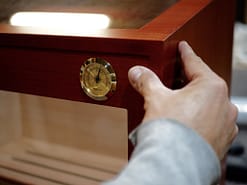
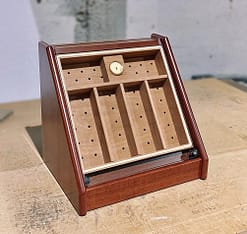
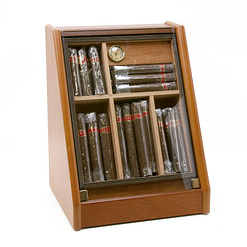
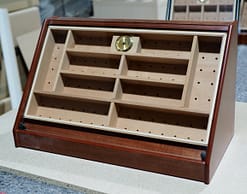
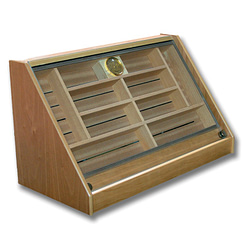
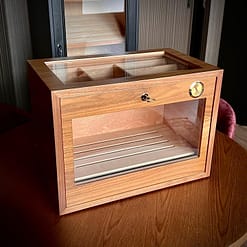
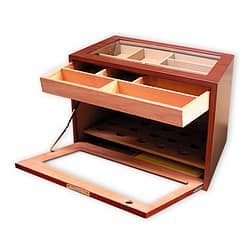
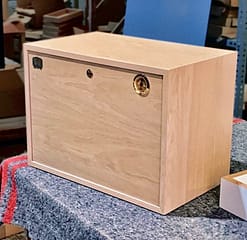

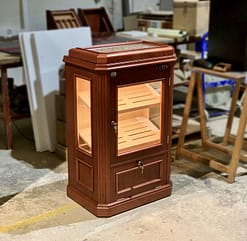

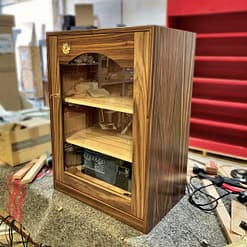
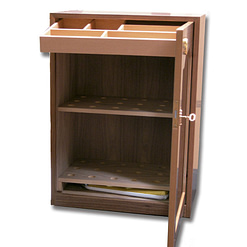
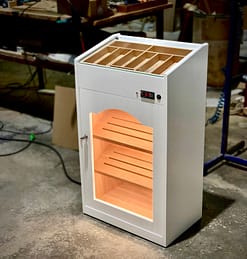
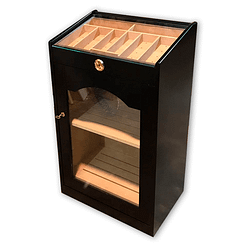
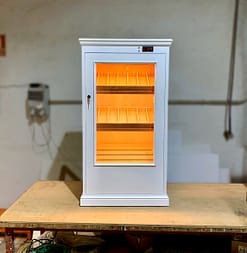
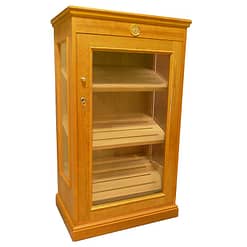
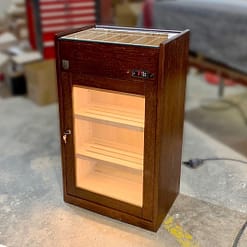
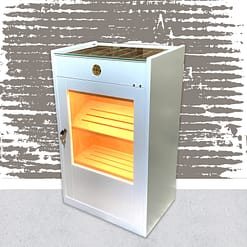

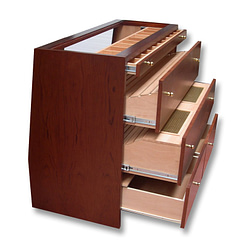

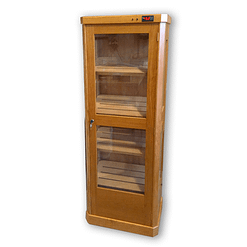
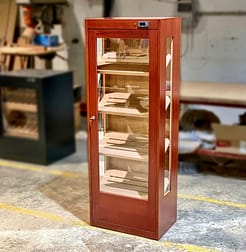
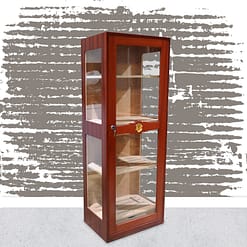
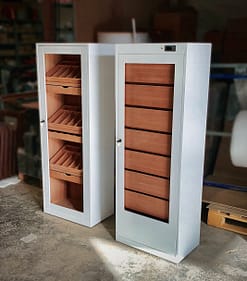
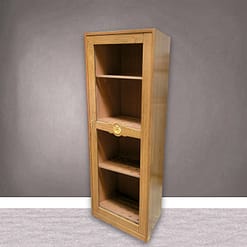
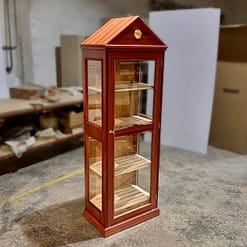

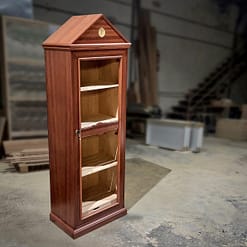
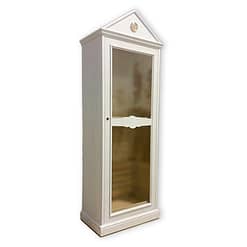
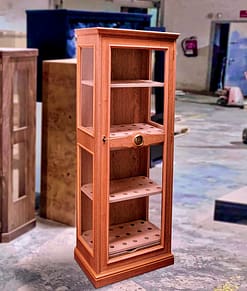
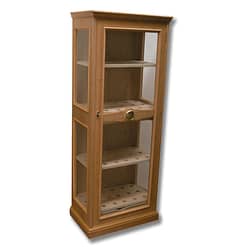
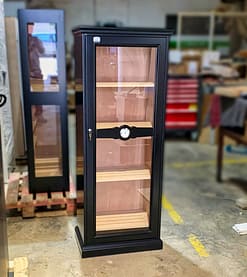
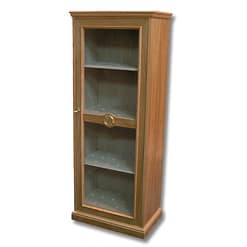
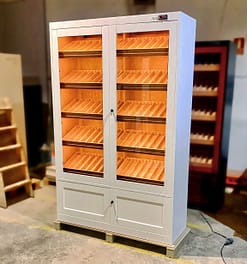
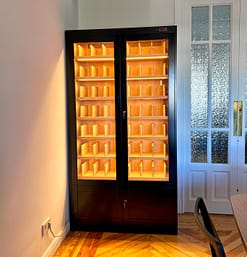
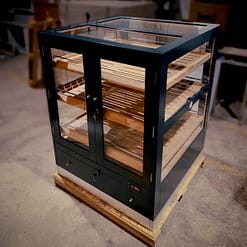
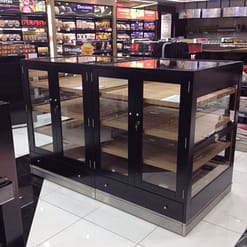

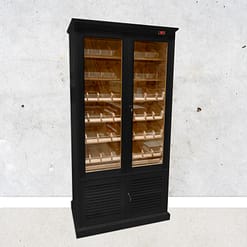
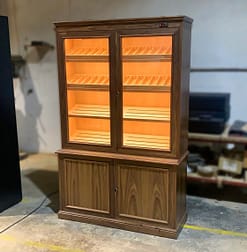
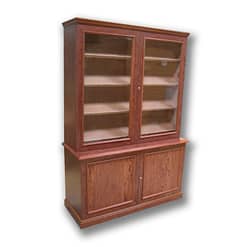
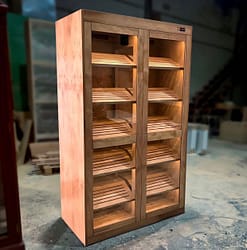
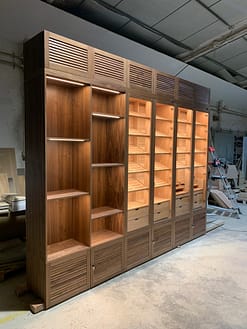
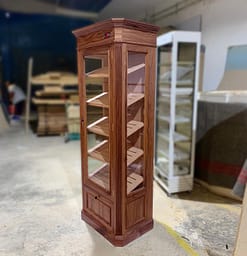
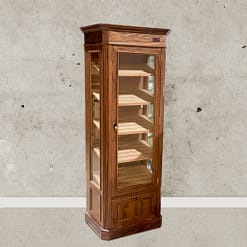
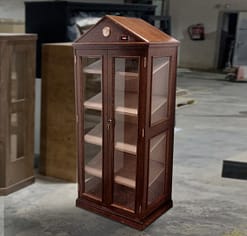

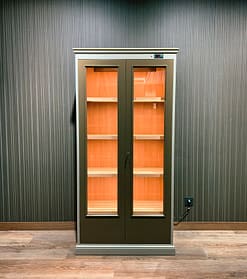
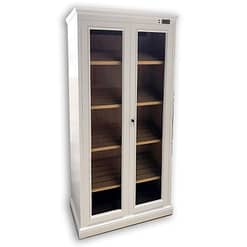
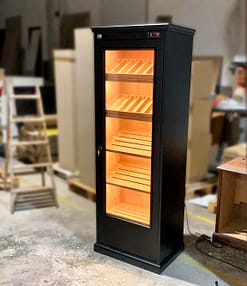
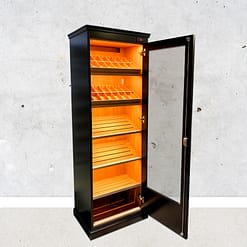
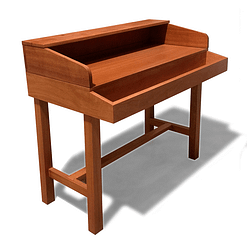
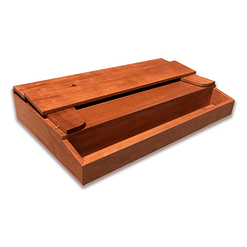
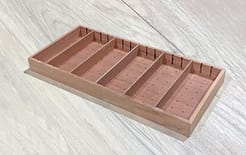
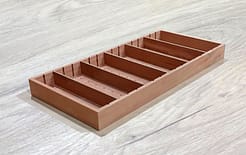


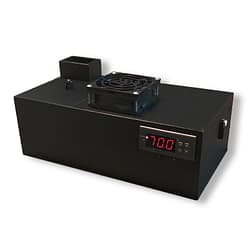
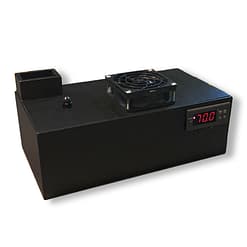


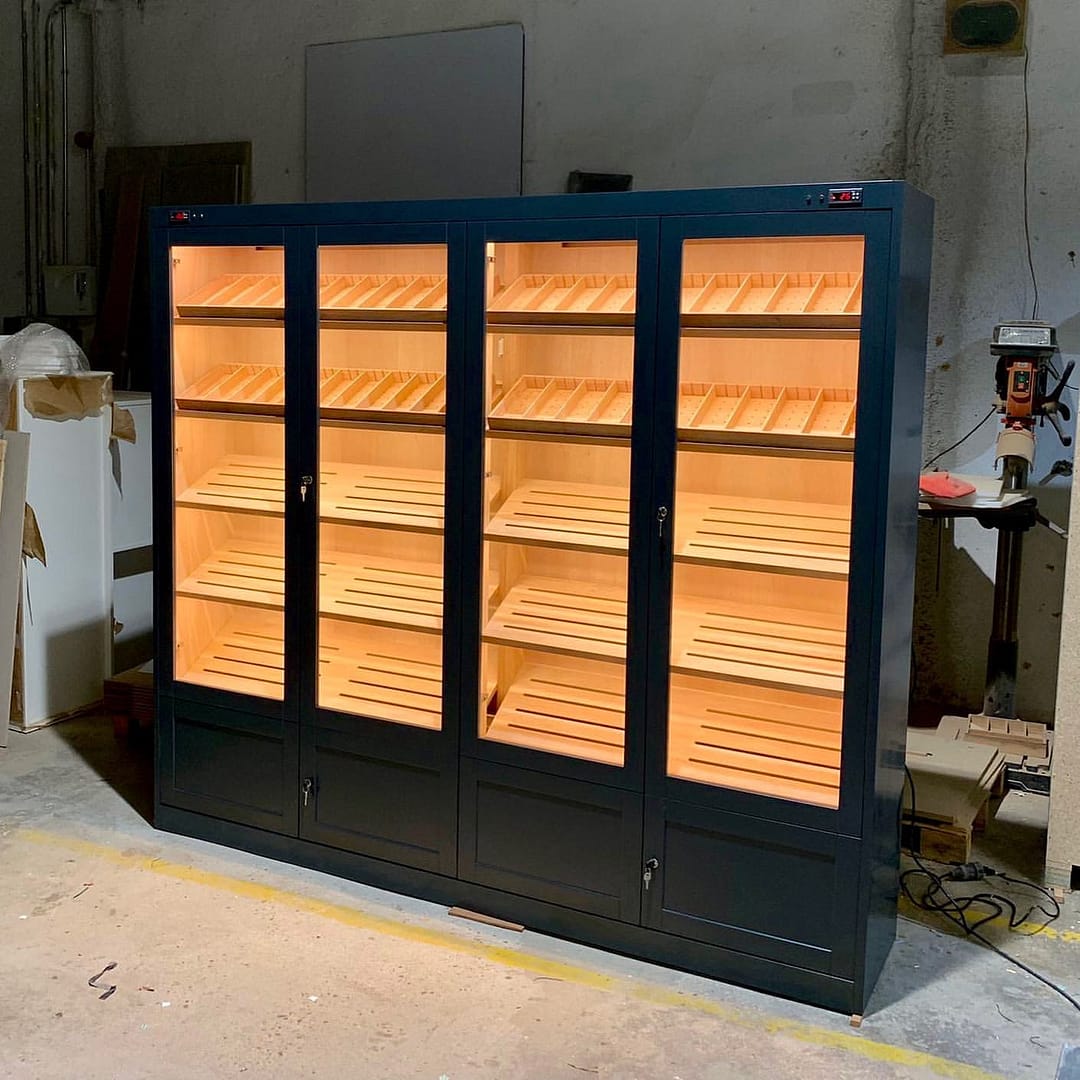
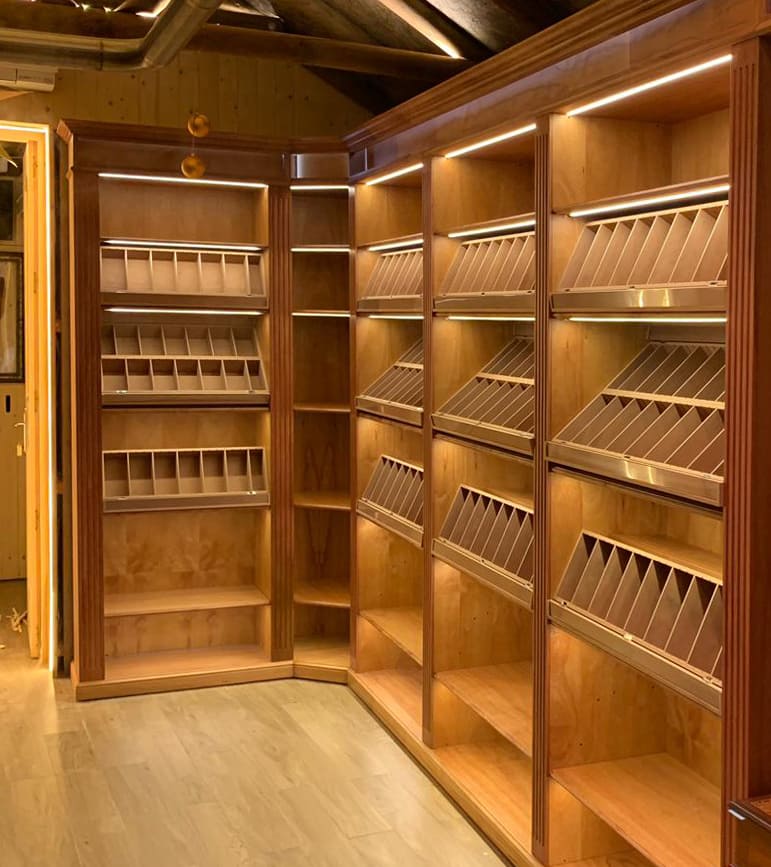
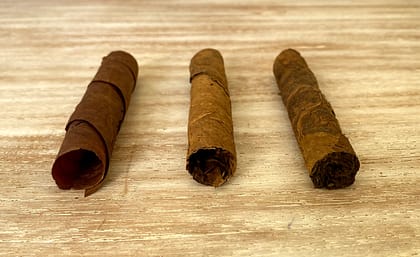
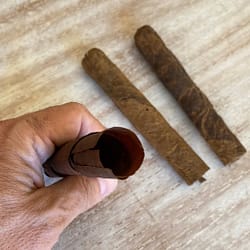
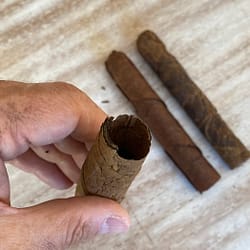
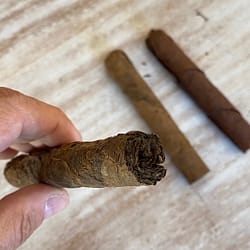
Y si quieres más información sobre el mundo del tabaco...
burkinaderevist.com
Otra forma de ser tabaco